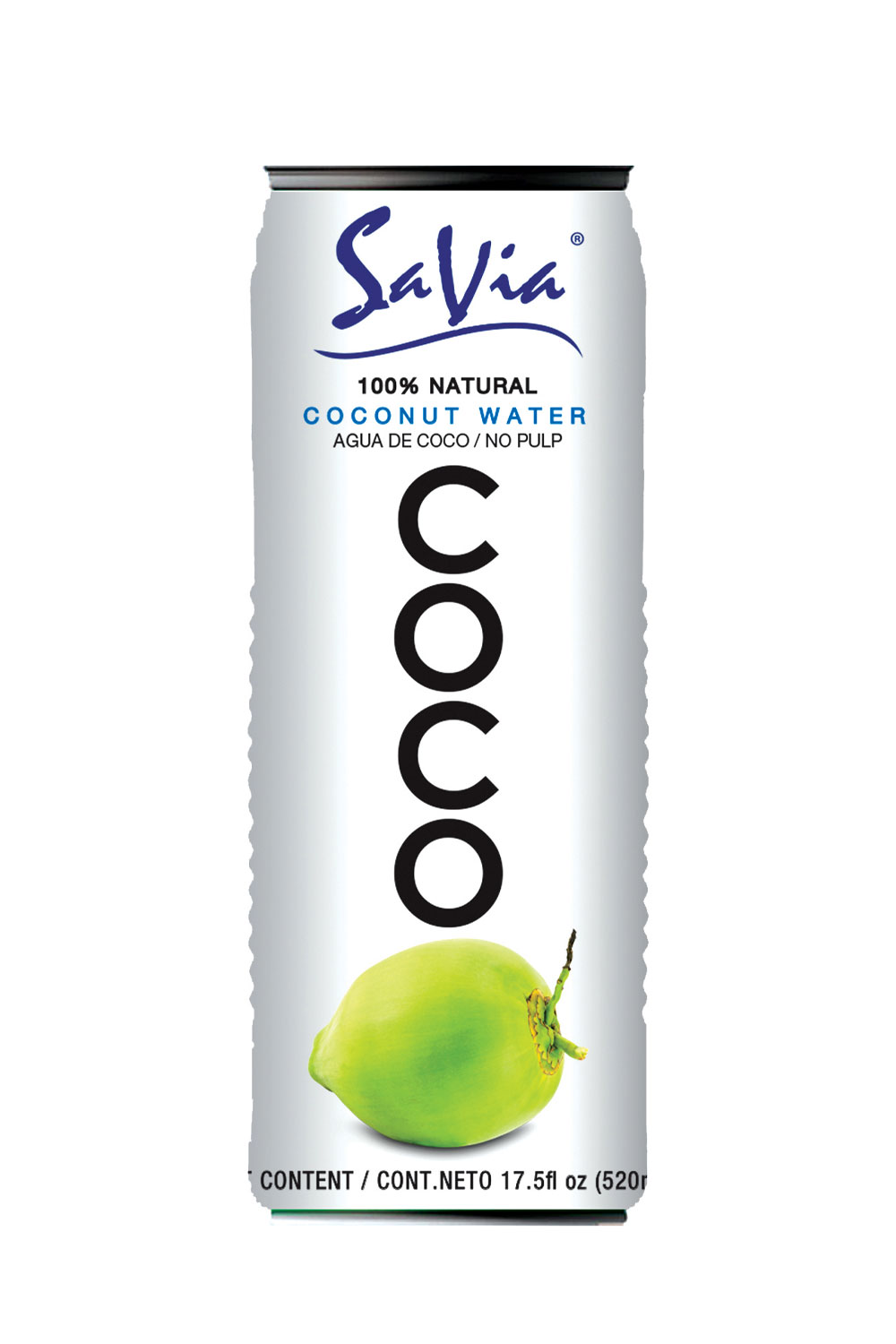
The most common consumer pattern are young women between 18 and 44 years of age with higher education. Many inhabitants of the Autonomous Community of Madrid currently use herbal products to treat minor health problems. officinalis and benzodiazepines) were reported. Some side effects (tachycardia, dizziness and gastrointestinal symptoms) and potential interactions medicinal plants-drugs ( V. Participants mostly acquired herbal medicines from pharmacies, herbal shops and supermarkets. The highest ICF corresponded to metabolism and depression (ICF = 1), pain (ICF = 0.97), insomnia (ICF = 0.96) and anxiety (ICF = 0.95). (FL 90.47%) for respiratory conditions and, Matricaria recutita (85.55%) and Mentha pulegium (84.09%) for digestive problems.


The highest FL values were for Eucalyptus spp. The highest UV was found for Mentha pulegium (UV 0.130) followed by Aloe vera (UV 0.097) and Vaccinium macrocarpon. A total of 78 plants were recorded, being Matricaria recutita, Valeriana officinalis, Tilia spp. The majority of the participants (89.6%) have used medicinal plants to treat health disorders in the past 12 months, mainly for digestive problems, sleep disorders and central nervous system diseases. Resultsįive hundred forty-three people were interviewed. Chi-square test was used for data analysis. Quantitative indices were calculated: Fidelity Level (FL), Use Value (UV) and Informants Consensus Factor (ICF). The survey had 18 multiple choice and open-ended questions. The data were collected (May 2018 to May 2019) using semi-structured face-to-face interviews in independent pharmacies, hospital centers and primary care health centers in the Autonomous Community of Madrid.

MethodsĪ descriptive cross-sectional study was designed for a population-based survey on medicinal plants. This paper provides new insights and greater knowledge about current trends and consumption patterns of medicinal plants in the Autonomous Community of Madrid (Spain) for health benefits. The current situation of medicinal plants in Spain is very limited. The usage of medicinal plants as a key component of complementary and alternative medicine, has acquired renewed interest in developed countries.


 0 kommentar(er)
0 kommentar(er)
